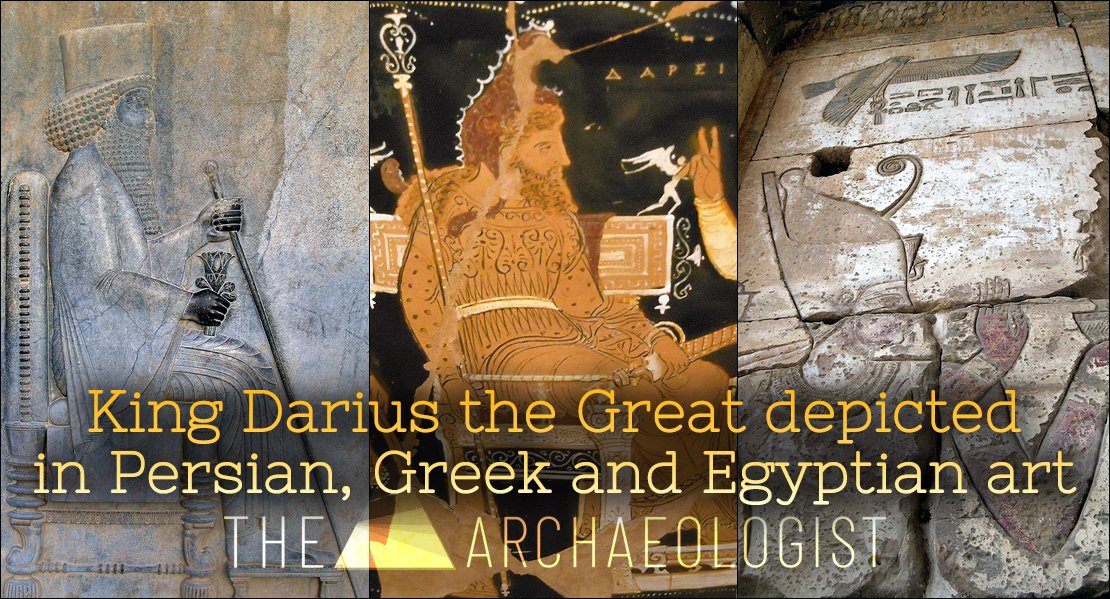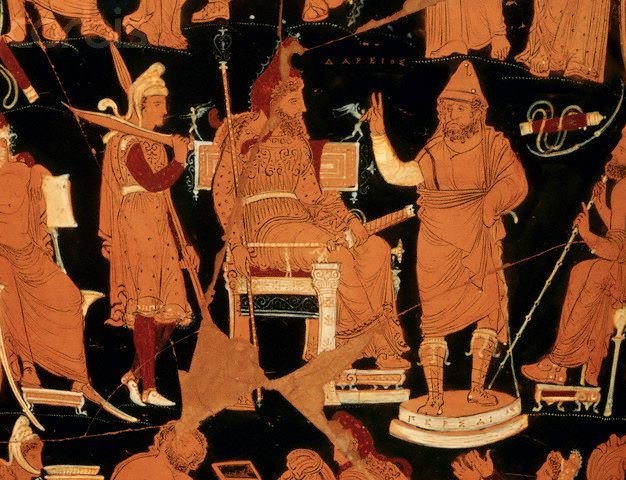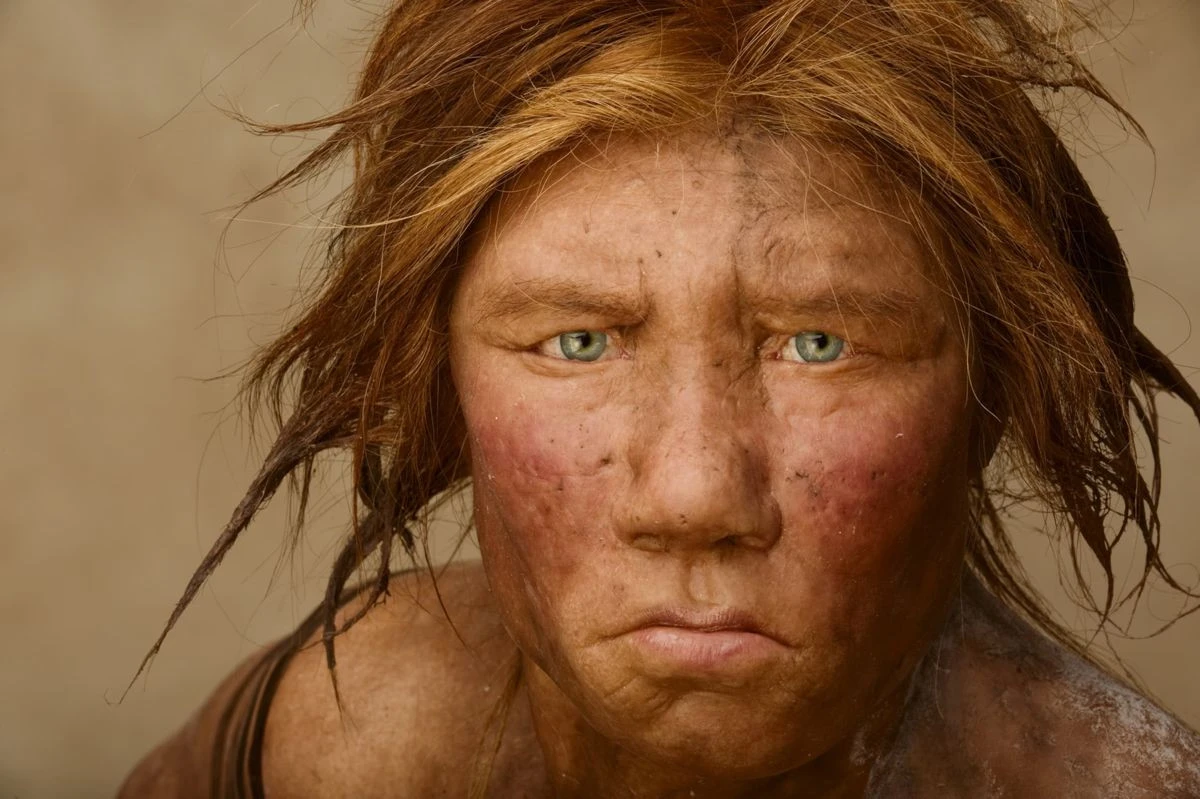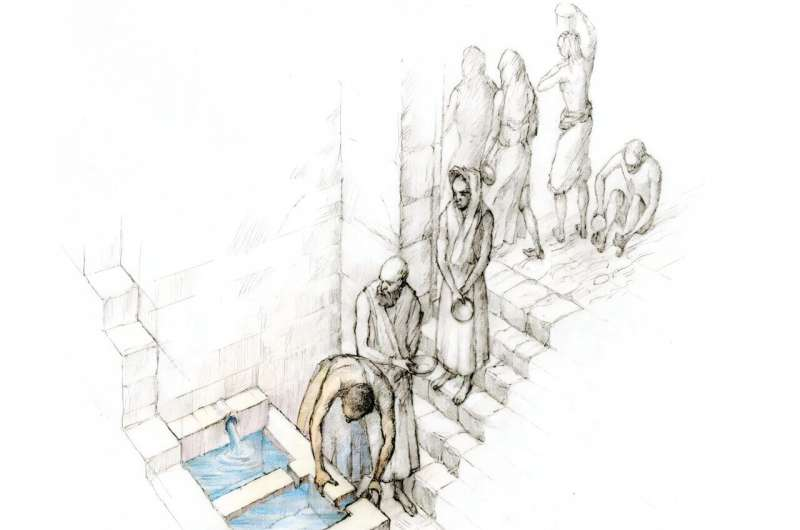Darius the Great, who reigned from 522 BCE to 486 BCE, was one of the most influential and powerful monarchs of the Achaemenid Empire. His accomplishments as a ruler are evident through his administration, military conquests, and construction projects. As a result, Darius the Great has been immortalized in Persian, Greek, and Egyptian art, each of which offers unique perspectives on his legacy. This article explores how Darius was depicted in the art of these three cultures, shedding light on his multifaceted impact on the ancient world.
I. Persian Art
In Persian art, Darius the Great is often depicted as a wise and benevolent ruler. One of the most famous examples of his portrayal in Persian art can be found at Persepolis, the ceremonial capital of the Achaemenid Empire. The Apadana Palace's eastern staircase features a relief depicting Darius the Great seated on a throne, with his son and heir, Xerxes, standing behind him. This relief communicates the continuation of the Achaemenid dynasty and emphasizes the king's royal authority.
Another example can be found at Behistun, where Darius commissioned a monumental inscription carved into the rock face of a cliff. This inscription, known as the Behistun Inscription, recounts Darius's rise to power and his numerous military victories. Accompanying the text are detailed reliefs that showcase Darius as a divine ruler, chosen by the god Ahura Mazda to lead the empire.
II. Greek Art
In contrast to the positive portrayal of Darius in Persian art, Greek art often depicted him as a symbol of tyranny and barbarism. The Greco-Persian Wars, which took place during Darius's reign, played a significant role in shaping the Greek perception of the Persian king. Greek artists sought to emphasize their own cultural superiority by contrasting their democratic values with the perceived despotism of the Persian Empire.
A famous example of this depiction can be seen in the vase painting known as the "Darius Painter Vase," dating from the early 4th century BCE. The painting portrays Darius and his queen in an unfavorable light, surrounded by grotesque and hostile attendants. This portrayal served to reinforce the Greek belief in their own civilization's superiority over the Persians.
III. Egyptian Art
Darius the Great was also commemorated in Egyptian art, as he conquered Egypt in 518 BCE and sought to integrate the region into his empire. He was careful to portray himself as a legitimate pharaoh, adopting traditional Egyptian art styles and motifs in his portrayals.
One example of this can be found at the Temple of Hibis in the Kharga Oasis, where Darius is depicted in the traditional pose of smiting his enemies. In this relief, Darius wears a double crown, symbolizing his rule over both Upper and Lower Egypt. Another example can be found in the Susa Foundation Tablets, which depict Darius wearing the traditional Egyptian White Crown and the Red Crown. These portrayals in Egyptian art emphasize Darius's role as a pharaoh who respected and sought to integrate with the local culture.
The art of the Persian, Greek, and Egyptian cultures offers a multifaceted understanding of the legacy of Darius the Great. While Persian art highlights his wisdom and divine authority, Greek art presents him as a symbol of tyranny. Egyptian art, on the other hand, showcases his ability to adapt and integrate into different cultures. Through these various artistic depictions, the complex and enduring impact of Darius the Great on the ancient world can be fully appreciated.










